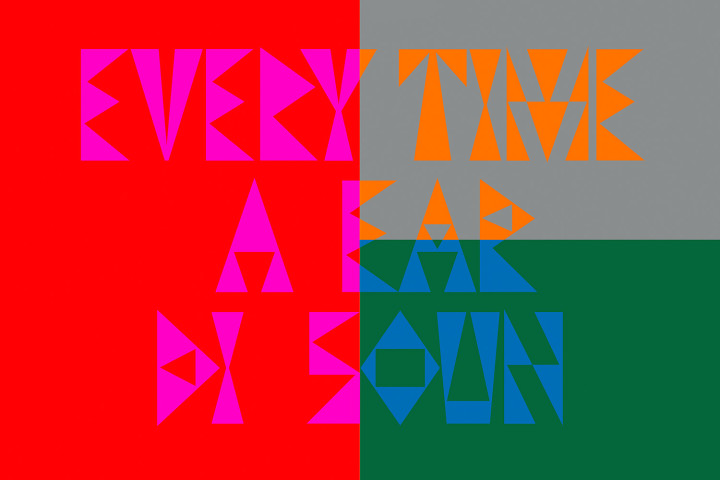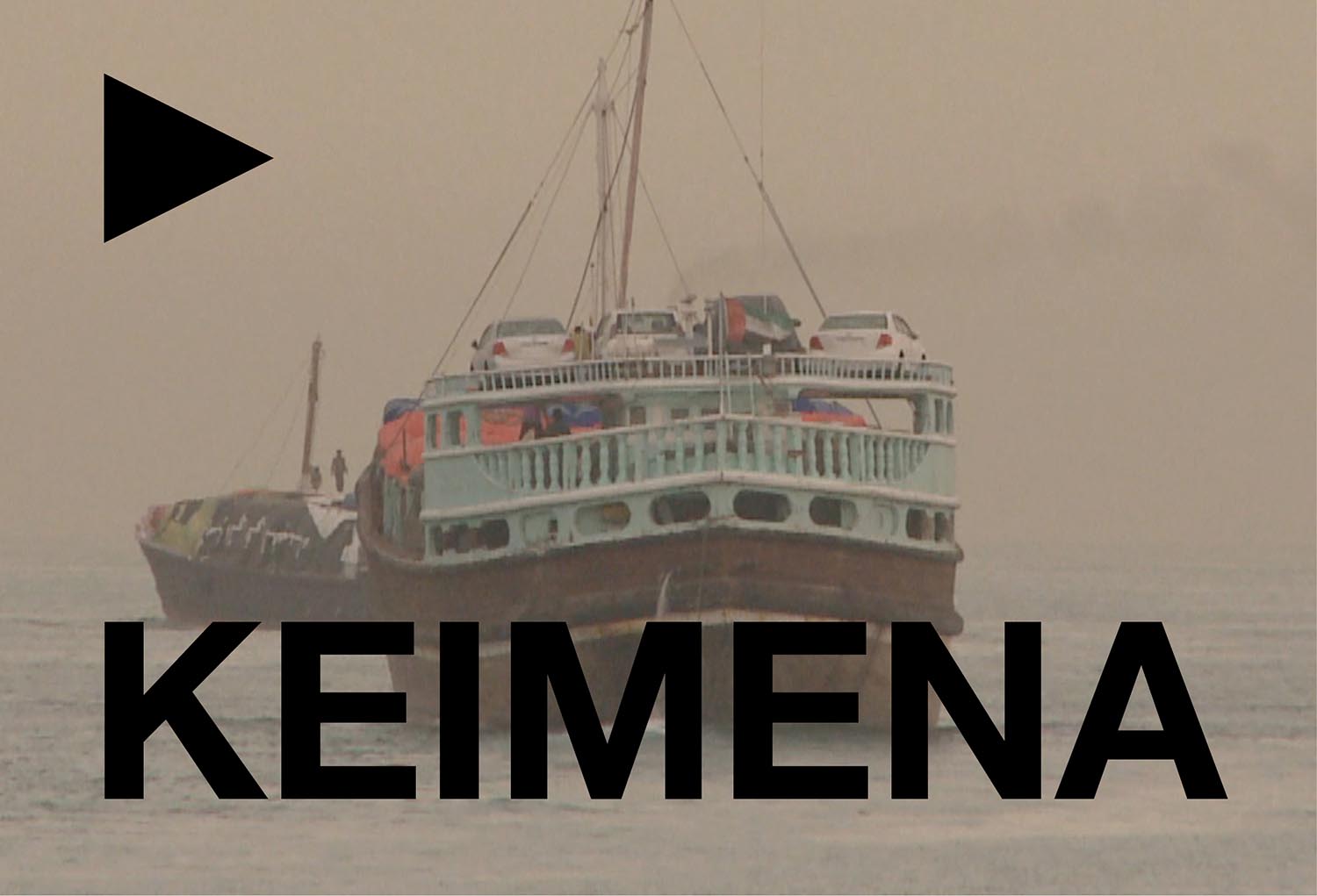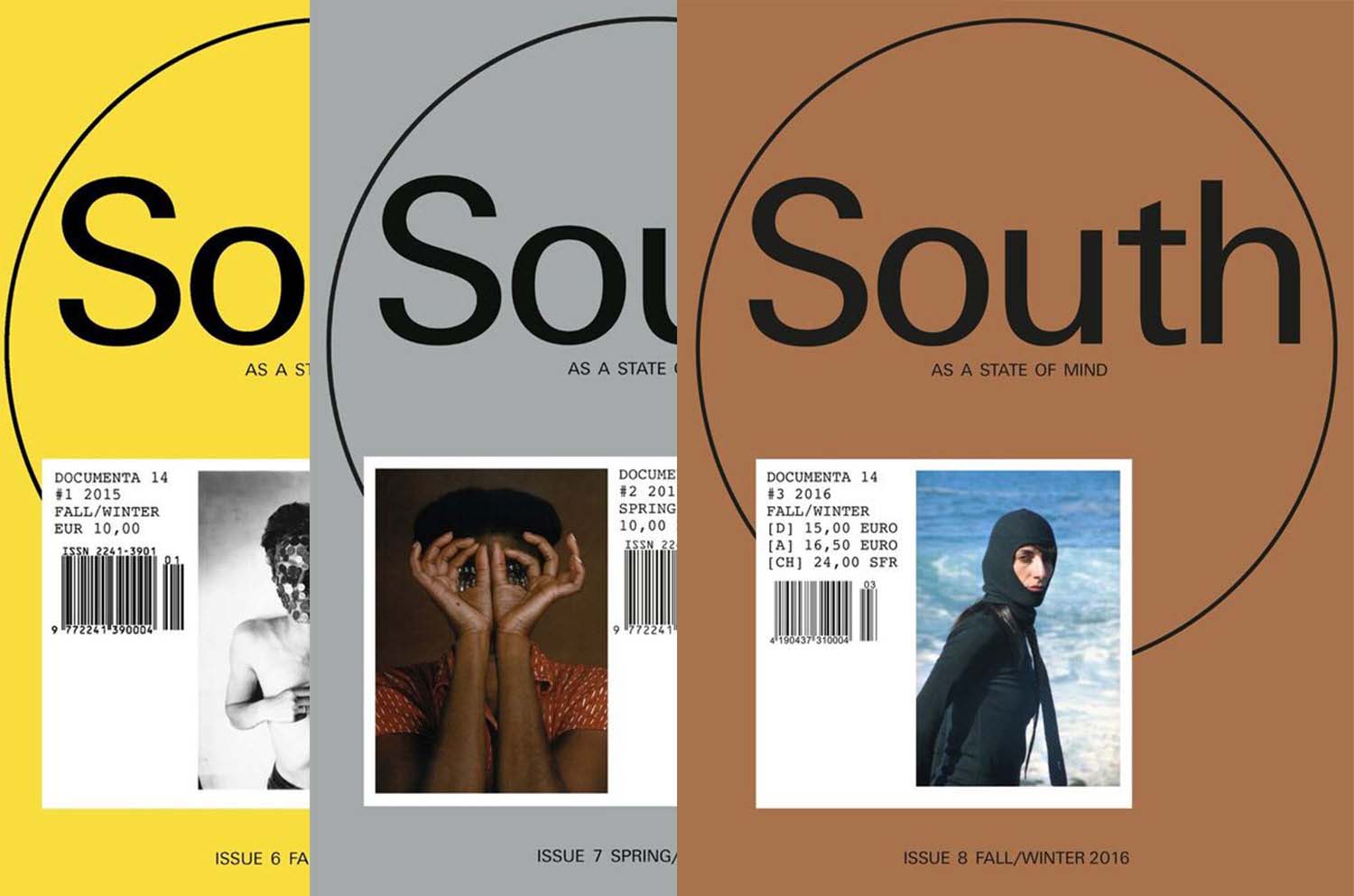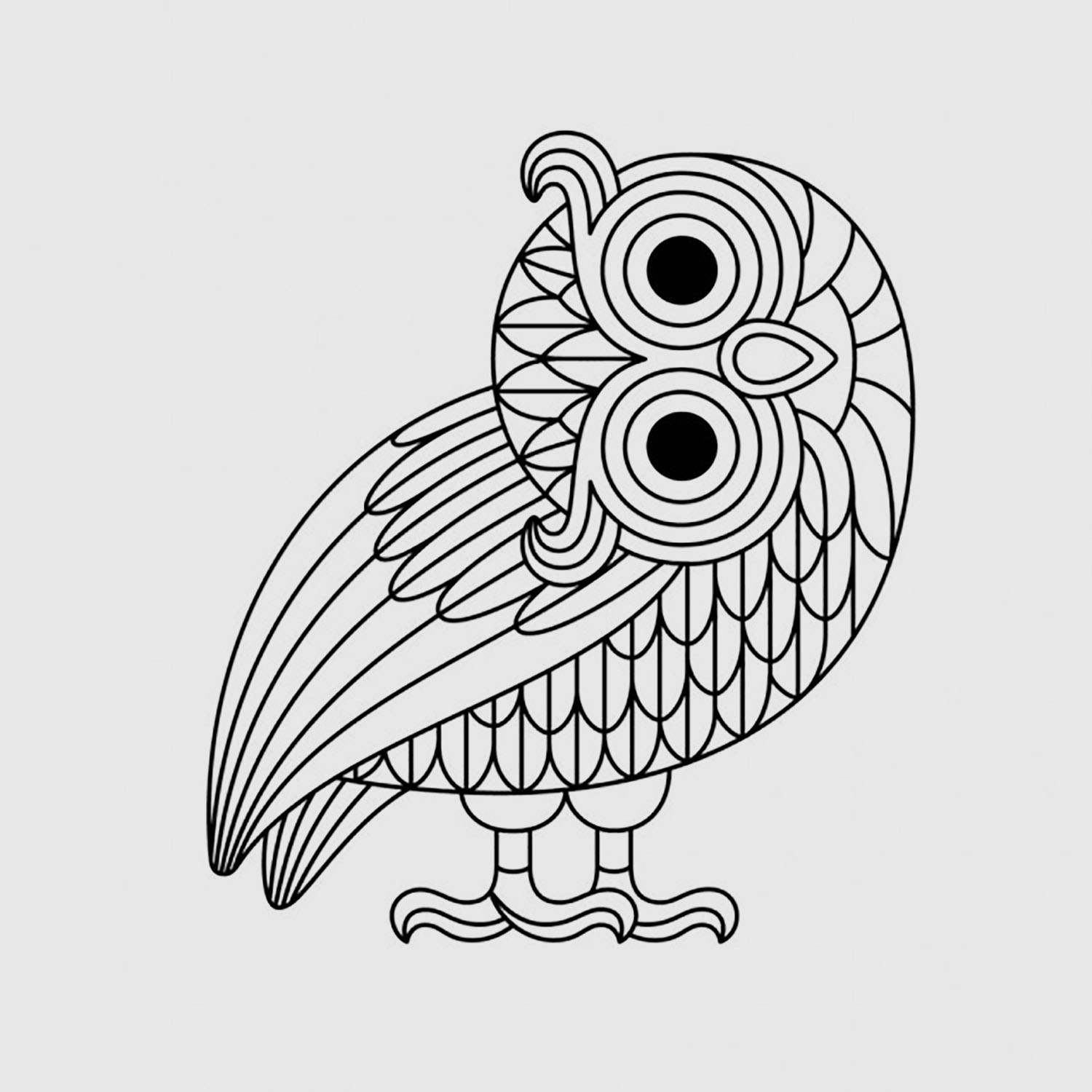Released in 1984, the video for Queen’s single “Radio Ga Ga” places the medium of radio in the semiotic ecology of early modernism. Freddie Mercury’s lyrics, complete with references to the “wars of worlds” and the “old time stars,” not to mention the video’s borrowing of imagery from Fritz Lang’s Metropolis (1927), create an unmistakable aura of nostalgia around radio’s cultural position.
Despite Freddie’s assurances that radio’s “finest hour” is still to come, to pop fans of the 1980s — increasingly accessing music and information via television, and exposed to the seemingly inescapable logic of MTV — radio was already becoming a medium of the past. Yet a funny thing happened on its way to obsolescence. Not only did radio survive the 1980s but, in an age of podcasts and the unhinged rantings of Alex Jones, the medium has arguably adjusted more seamlessly to the digital age than broadcast television (certainly more so than MTV itself). And so the idea of a radio program to accompany the resolutely forward-looking project that is Documenta 14 may not be as incongruous as it might have seemed back in 1984.
From April 8 to September 17, 2017, under the curatorial guidance of Bonaventure Soh Bejeng Ndikung, Documenta 14 presents a staggeringly ambitious series of works for radio, titled “Every Time a Ear di Soun,” to accompany the exhibitions in Athens and Kassel. Including contributions from thirty artists, the project expands Documenta’s partnership between Greece and Germany to radio stations in Cameroon, Lebanon, Colombia, France, Indonesia and the United States, playing a mixture of new and archival material excavated from the participating stations’ vaults.
Ahmet Ogut, Nástio Mosquito and Olaf Nicolai have all contributed new work, while a commission from Aslı Çavuşoğlu juxtaposing radio as a news medium with fortune telling charts the relationship between medium and information. Natascha Sadr Haghighian is also set to collaborate with the composer Nicolas Bussmann on a project in which news broadcasts are sung, thus blurring the line between radio’s twin lineages, information and entertainment. Ndikung has spoken of the importance of foregrounding the physicality and materiality of sound itself, and of the ways music exists as a modality of information regardless of any accompanying textual factor. To this end, musician Satch Hoyt will also be participating in the project, with Africa and its broader sonic environment set to feature in his contribution. Such cultural and physical geography is, no doubt, the crux of a Documenta more geographically dispersed than any previous iteration.
Whether or not “Every Time a Ear di Soun” constitutes radio’s finest hour remains to be seen, but the recognition by the Documenta curators of its continued importance in the twenty-first century does render Freddie Mercury’s mellifluous prophecy a good deal more plausible.





